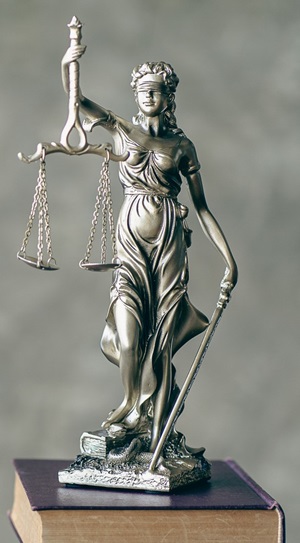Dec 19, 2025
Dec 19, 2025
A Stain on India's Judiciary?
 Is the Indian judiciary truly independent, or is it ensnared in the web of nepotism and favoritism? How deep does the 'Uncle Judge' syndrome run, and what does it mean for the delivery of justice in the world's largest democracy?
Is the Indian judiciary truly independent, or is it ensnared in the web of nepotism and favoritism? How deep does the 'Uncle Judge' syndrome run, and what does it mean for the delivery of justice in the world's largest democracy?
In the heart of India's judicial system, a term has emerged that raises eyebrows and questions about the integrity of the institution: the 'Uncle Judge' syndrome. This phenomenon refers to the alleged practice where relatives of sitting judges are favored, either in judgments or in appointments, leading to a potential compromise of the judiciary's impartiality.
Reports suggest that every third High Court judge in India might be an 'uncle', a startling statistic that underscores the depth of this issue. The Law Commission of India, in its 230th Report, highlighted the concern of 'Uncle Judges' in the High Courts, emphasizing the need to address this malaise that could erode public trust in the judiciary.
Consider the following with regard to the ‘Uncle Judge’ syndrome and deeply mull over these shocking statistics:
But what drives this syndrome? At its core, it's a manifestation of nepotism, where familial ties and connections take precedence over merit and capability. Such practices not only undermine the credibility of the judiciary but also promote inefficiency and potential corruption. When appointments are made based on relationships rather than merit, it's inevitable that the quality of judgments and the efficiency of the judicial process will suffer.
Also, there are a number of reasons why this is a problem. First, it can create a conflict of interest. For example, a judge may be more likely to rule in favor of a lawyer who is their relative. If a judge is biased towards a relative who is a lawyer appearing before them, it compromises the fairness of the trial. Furthermore, this syndrome hinders the delivery of justice. Such biases, whether real or perceived, can lead to miscarriages of justice, further eroding public trust in the system. Second, it can give the appearance of impropriety. When a judge has relatives practicing law in the same court, it can make it seem like they are using their position to benefit their family.
The 'Uncle Judge' syndrome has much broader implications for the Indian judiciary. It feeds into a narrative that the judiciary is an exclusive club, accessible only to those with the right connections. This perception can deter talented individuals from pursuing a career in law, believing that without the 'right' connections, their prospects are limited.
Several reforms have been proposed to address this issue. The Law Commission has urged the Union Law and Justice Ministry to ensure that the 'uncle-judge' system is eliminated. There are a number of things that could be done to address this problem. This could be achieved by not posting judges to the same High Court as their relatives or by ensuring that judges do not hear cases where their relatives are representing one of the parties. However, both of these options would be difficult to implement and enforce. Ultimately, the best way to address this problem is to raise awareness of it and to encourage judges to be transparent about their relationships with lawyers who practice law in their court.
Reforms on paper are not enough. There needs to be a cultural shift within the judiciary, where meritocracy is championed over nepotism. The onus is on senior members of the judiciary to lead by example and foster an environment where appointments and promotions are based on capability, not connections.
As we reflect on the state of India's judiciary, we must ask ourselves: Are we content with a system where connections matter more than capability? Do we want a judiciary that's perceived as an exclusive club, or one that's accessible to all based on merit? And most importantly, can we truly say justice is being served when the 'Uncle Judge' syndrome persists?
The answers to these questions will determine the future of India's judiciary and its ability to deliver justice to its billion-plus citizens. The time for introspection and action is now.
Image (c) istock.com
06-Apr-2024
More by : P. Mohan Chandran